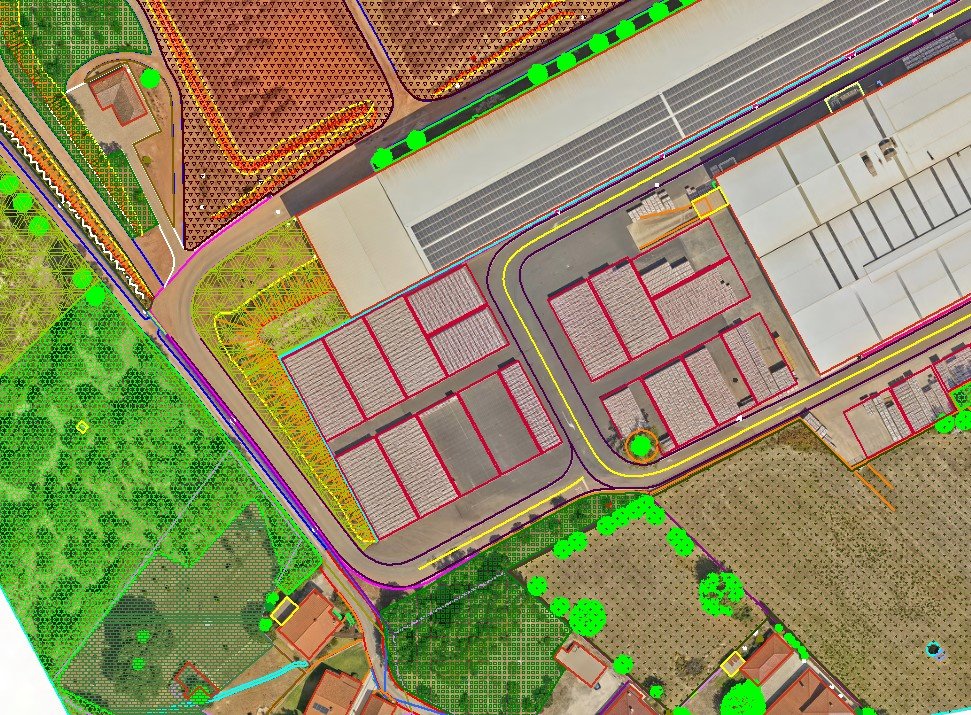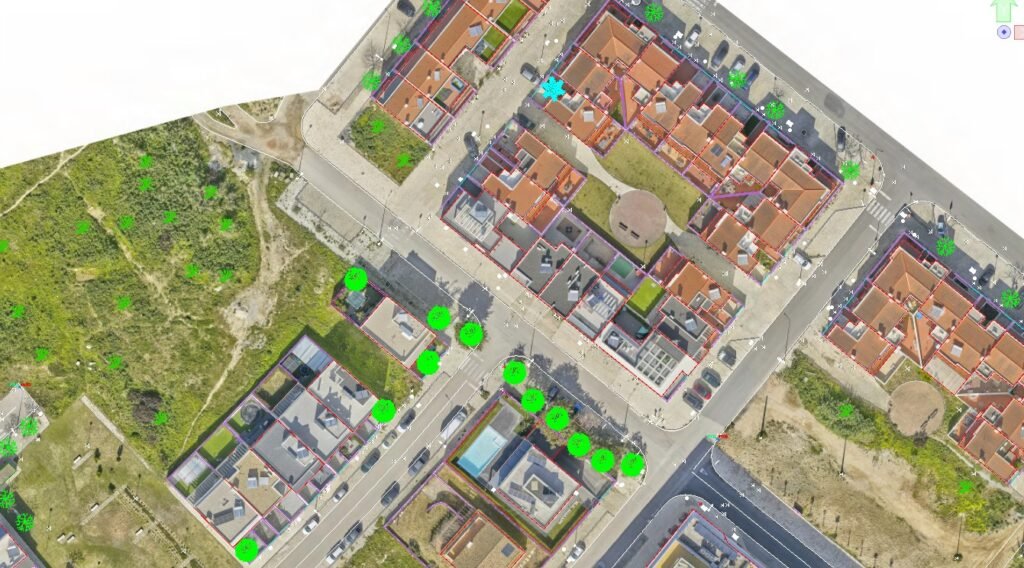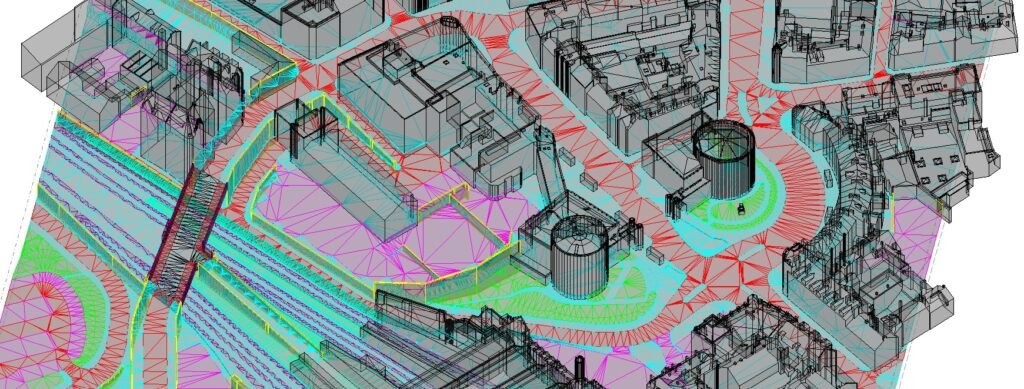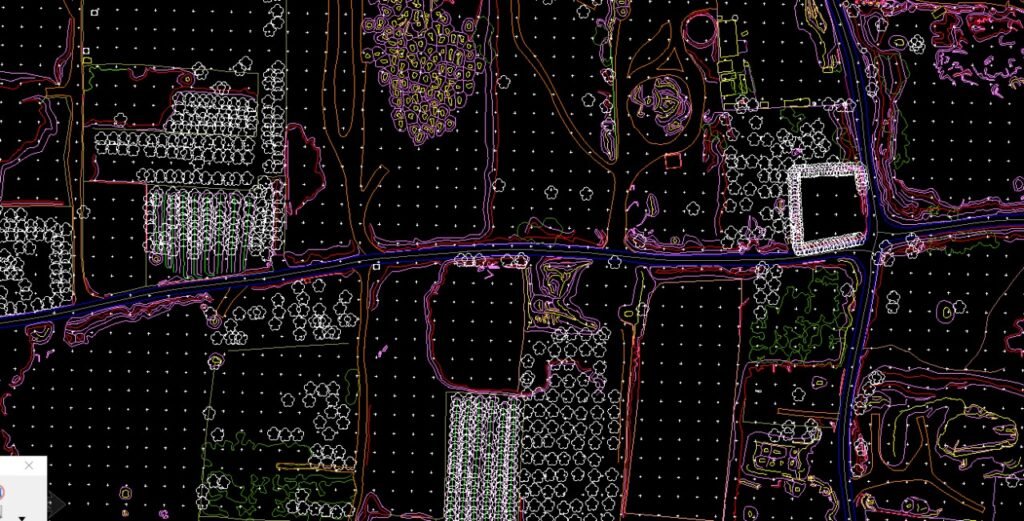
Digital Photogrammetry is a remote sensing technology that uses overlapping images taken from different angles to create 2D and 3D models of objects, scenes, and environments.
Here’s a simplified overview of the digital photogrammetry process:


Digital Photogrammetry has a wide range of applications, including:
Digital Photogrammetry offers several benefits, including:
